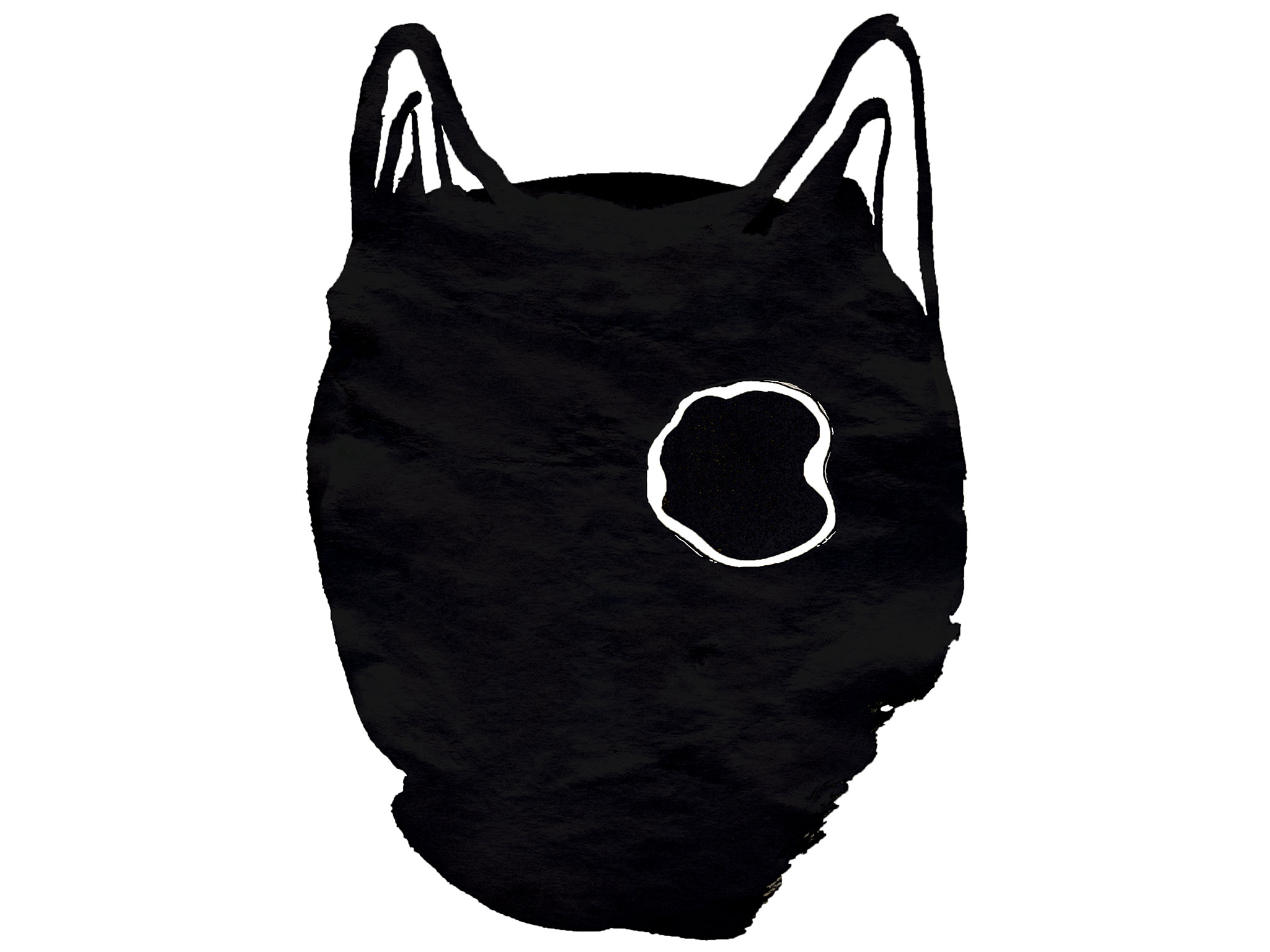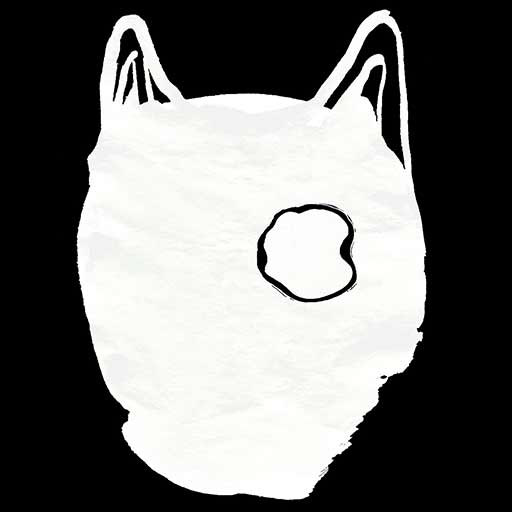Regine Debatty reflects
on Arphield Recordings
in "New Brave World workshop
at IMAL- RFID and Art."
for We Make Money not Art
March 2008
[see full text]
The London-based media artist paula roush is probably the first who have explored the sonic properties of RFID.
From the project page: "Arphield Recordings" is a project documenting impromptu arphid sound performances produced by people scanning their oysters cards in the daily routine of access control to the London tube stations.
The methodology of field recordings (documentation of site-specific soundscapes through audio recording equipment) is, in this case, focused on the sampling of sounds produced by the use of arphid (rfid) technology (cards and readers) complemented by digital processing involving sampling and synthesis from the source, speculating on the ad infinitum convergence of arphid tags and readers into an endless symphony of sound surveillance and compliance.
The project started with the idea for an arphid mob, inviting friends to join me at a designated tube station for a semi-coreographed sound jam using our oyster cards. The main question was 'when and where' as a major impediment would always be the heavy security at all the gates. It was decided I would do some observation and this would eventually indicate the best timing and location for our arphid mob. Observing the familiar tube's access control gates, initially with no equipment and later with a camcorder, I realised that people were already engaging in impromptu sound performances. My documentation led me to discern varied patterns and even participatory scores, with mass arphid soundscapes punctuated by silences, glitches and cracks in the system, all warped up in a circadian rhythm of work-rush hours.
The first arphield recordings - documenting the impromptu sound performance of people moving through the London tube access control gates were done in Brixton, Kings Cross and Caledonian Road tube stations during march 2006 for the TAGGED one day event at SPACE Media Arts (NodeLondon March 2006), when cds with the tracks and locational tags were distributed.
The second arphield recordings- the stockwell sound/jam memorial happened on Saturday 10th of June 2006 when people in london were invited to gather in the Stockwell tube station and scan their oyster card for 30second sync periods accompanied by a podcast of pre-recorded oyster beep tracks.
Why did you decide to propose an RFID project? What was your specific motivation in this case?
Arphield Recodings was conceived as a probe into the practice of sousveillance and a more general understanding of the the arphid surveillance/equiveillance of public space and transport. It also foregrounds itself into the field of networked performance and possible notions of community, interaction, and connectedness among participants.
The emerging field of personal sousveillance - the capture, processing, storage, retrieval, and transmission of an activity from the perspective of a participant in the activity (i.e. personal experience capture) using camera phones, and wearables has been mainly focused on the visual. See the dominance of weblogs as photo- and video-blogs. Surveillance studies as well have given a proeminence to the visual. However, "The history of surveillance is as much about a sound history as a history of vision" / "we need a sound history of surveillance" / "the polyphony of sounds increasingly regulates and is regulated by us" as Michael Bull and Les Black write in the intro to the Auditory culture reader (2003).

